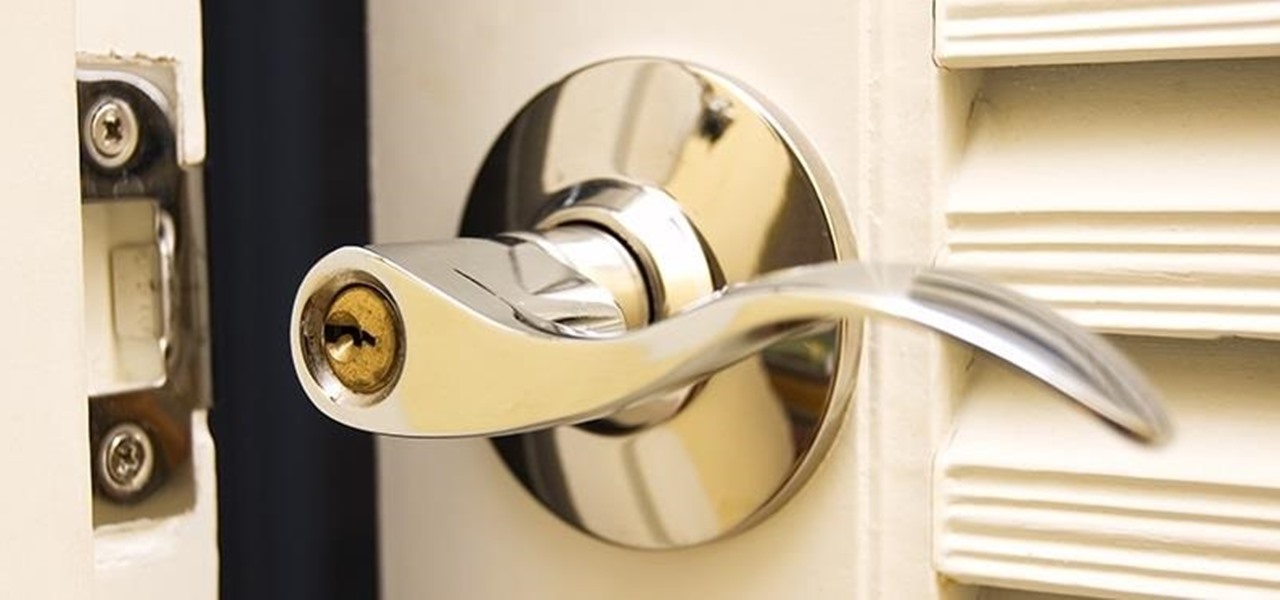Home Improvement
Mastering Toolbox Safety: Tips on Selecting and Using Locks

Your toolbox contains more than your tools. It’s an important investment. To protect these assets, it is essential to choose the right toolbox locks system. In this article, you’ll learn about the importance of locking your toolbox, get tips on selecting the best locks, and then be advised on how to use them effectively.
Toolbox Security is Important
Tool theft happens everywhere: in construction sites, workshops, and garages. In addition to financial loss, theft of tools can cause disruptions in work schedules and increase costs. They may even endanger livelihoods. It’s important to master toolbox safety.
- Financial Protection: Tools can be costly, and replacing them is a big financial burden. A good locking toolbox helps to prevent unauthorized access and protects your tools from theft.
- Peace of Mind: Knowing that your tools will be secure lets you focus solely on the work.
- Personal Safety: Unauthorized access could lead to dangerous situations if your tools are in the wrong person’s hands. Safeguarding your tools will improve safety on a job site.
What to Look for When Choosing the Right Toolbox Security Lock?
The choice of the lock that you use for your toolbox can be crucial. Here are some pointers to help you make an educated decision.
Lock Type
- Padlocks: They are very versatile, and they come in many sizes and security levels. They can also be used to lock toolboxes, which come with external or built-in loops.
- Cam lock: Cam locks can secure toolboxes with an existing locking mechanism. It is simple to install. A rotating cam secures the lid.
- Integral Locks: Some premium toolboxes include integrated locks for a secure and seamless solution.
Security Level
Consider what level of security is required in your situation. High-security keys offer extra protection against tampering. This makes them perfect for high-risk situations.
- Keyed vs. Combination:
These locks can be convenient, but keeping track of keys is essential. Consider using multiple locks on the same key. That way, you only have one key for all your toolboxes.
- Combination locks:
These locks don’t require keys, but you must memorize a combination. To enhance security, make sure you select a combination lock that has a non-predictable code.
- Material and Durability:
Opt to use locks made out of stainless steel, solid brass, and other materials resistant to corrosion. This will ensure a long-lasting performance.
- Easy of Use:
The lock that you choose must be easy for you to use and maintain.
- Weather Resistance:
If your toolbox has to be out in the elements, use a lock resistant to adverse weather conditions. It will help prevent rusting.
- Size and Fit:
Ensure that the lock you pick fits securely into your toolbox. Too much slack can decrease its effectiveness.
Conclusion
Protecting your valuable equipment and tools is dependent on the ability to secure your toolbox. By selecting the best lock for your toolbox, you can reduce the likelihood of tool theft. Remember that toolbox safety is an investment in the longevity and security of your tools. Remember to value the importance and consistency of a solid toolbox security lock.

